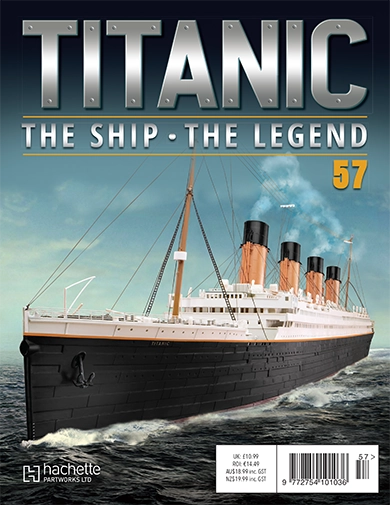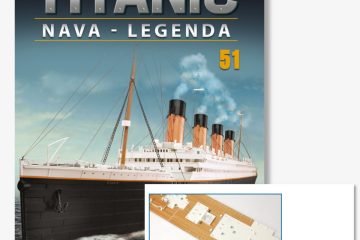Understanding the Legacy of the Titanic Disaster

Introduction to the Titanic
The sinking of the RMS Titanic on April 15, 1912, is one of the most infamous maritime disasters in history. With over 1,500 lives lost, the tragedy not only shocked the world but also highlighted significant shortcomings in maritime safety regulations. As we revisit this event in 2023, the Titanic’s legacy continues to influence nautical policy and consumer perceptions of safety.
Events Leading to the Disaster
The Titanic, deemed ‘unsinkable’, was the largest ship afloat at the time of its maiden voyage from Southampton to New York City. However, on a fateful night, it collided with an iceberg, leading to a rapid sinking. Investigations revealed that the ship lacked enough lifeboats for all passengers, a critical oversight that contributed to the high casualty rate.
Impact on Maritime Regulations
Following the disaster, the International Convention for the Safety of Life at Sea (SOLAS) was established in 1914. This set of regulations aimed to enhance safety measures across the shipping industry, including lifeboat requirements and iceberg monitoring. The Titanic disaster served as a crucial turning point for maritime safety, enforcing stricter regulations that are still in place today.
Pop Culture and Historical Significance
The Titanic has fascinated the public for over a century, inspiring countless books, films, and documentaries. James Cameron’s 1997 film, which captured the romance and tragedy of the ship, has sparked renewed interest in the event and those who perished. In Canada, various memorials and exhibitions continue to educate new generations about the disaster and its implications.
Conclusion: Lessons Learned
In a modern context, the Titanic disaster remains relevant as it reflects the critical importance of safety in transportation and risk management. The lessons learned continue to affect policies not only in the maritime sector but also in aviation and other transportation industries. As we commemorate the Titanic, its story stands as a reminder of the need for vigilance and the continual improvement of safety practices to prevent similar tragedies in the future.








